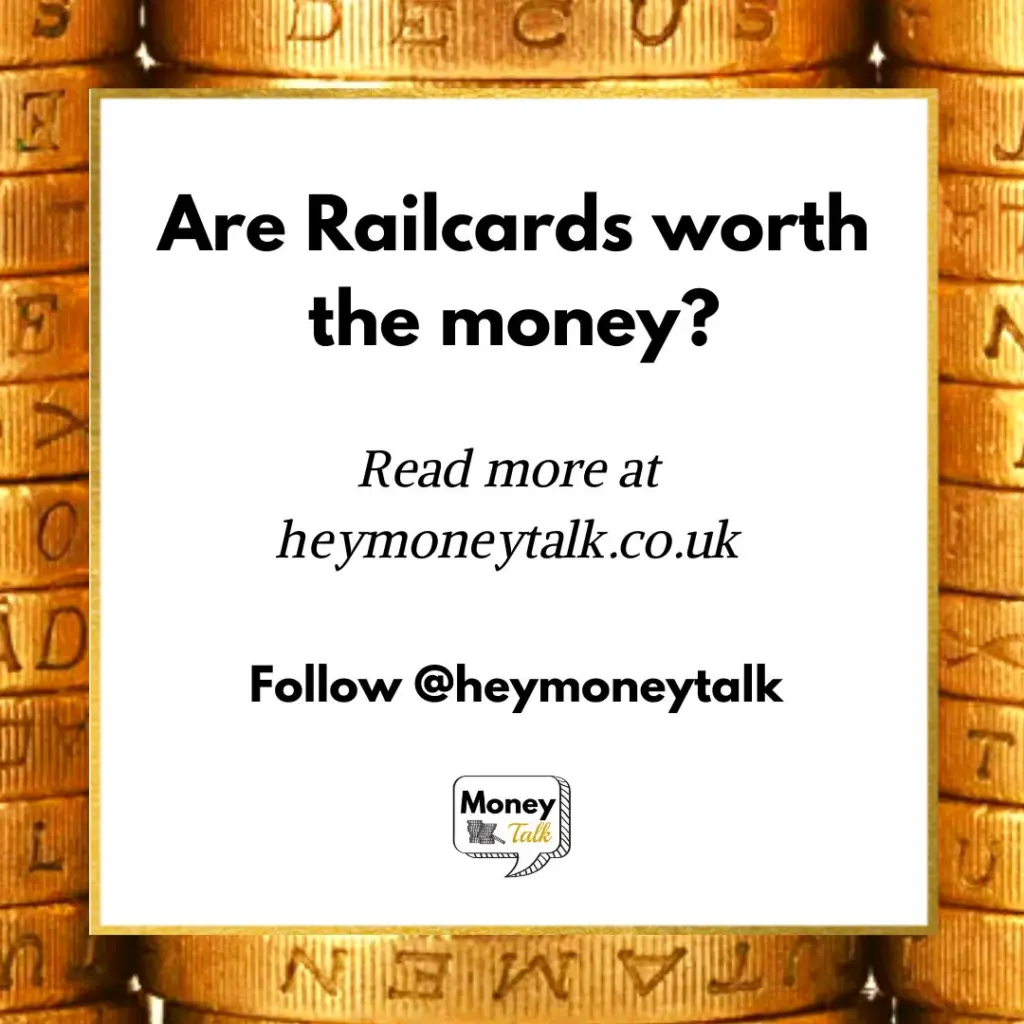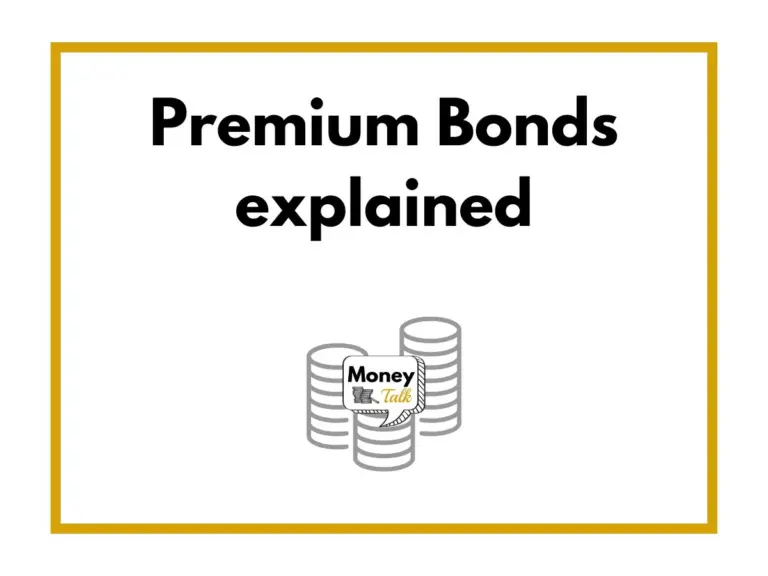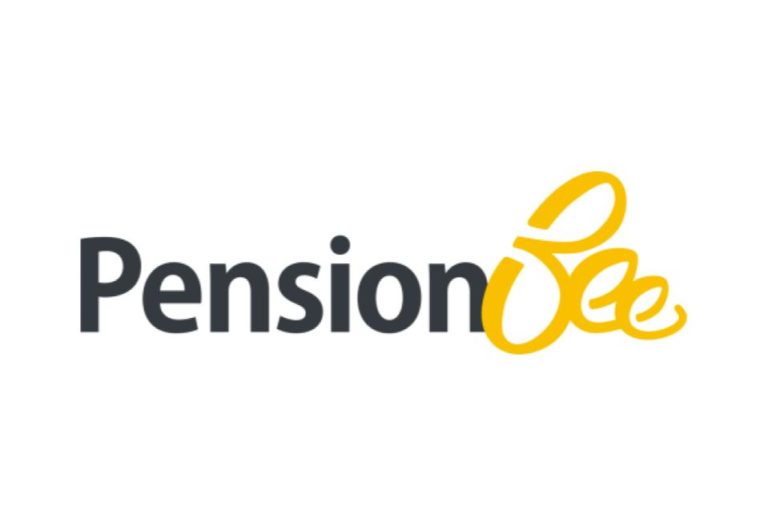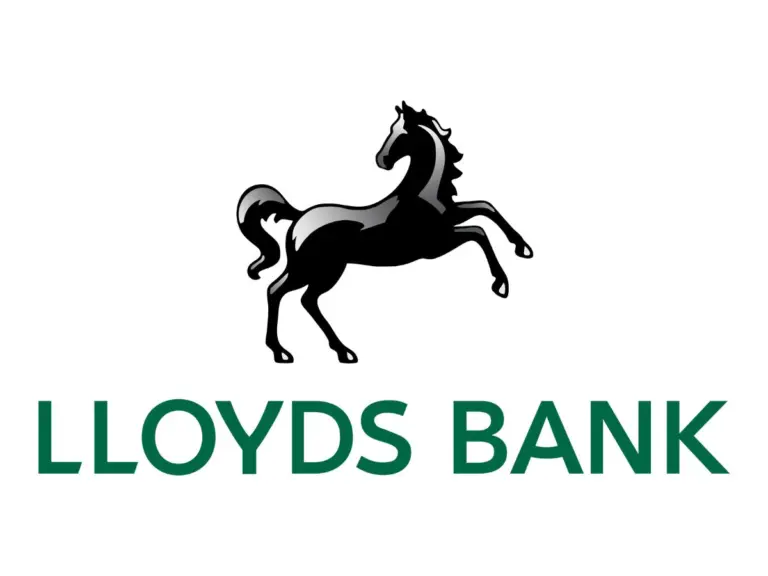Are Railcards worth the money?
Money Talk is intended to inform and educate; it's not financial advice. Affiliate links, including from Amazon, are used to help fund the site. If you make a purchase via a link marked with an *, Money Talk might receive a commission at no cost to you. Find out more here.
I can probably count the number of times I’ve taken a train out of London since 2020 on one hand.
It’s not that I’m a train snob, it’s just that rail services in the UK are inefficient, (until recently) regularly affected by strikes, and incredibly expensive.
And the pricing makes absolutely no sense.
Take the service between London and Reading as an example.
The fastest train takes just 23 minutes each way but it costs over £35 for an off peak return, no matter how far in advance you book.
The slow train, which takes around an hour and a half, is only a couple of pounds cheaper.
Meanwhile, the train from London to Birmingham, which takes somewhere between an hour and a bit to two hours depending on which service you get, has tickets that cost less than £7 each way.
And often you can find these just a few days before travel.
Get a Railcard you might say – but is a Railcard really worth the money? Well, it depends.
What are Railcards anyway?
Railcards need little introduction – after all, they’ve been around for over 50 years.
Launched in 1974, the first Railcard was created for students and was actually the brainchild of the National Union of Students.
Known simply as the Student Card then, it cost just £1.65, and offered up to 50% off rail fares.
At a time when few people had cars, and the alternative was coach travel, it proved to be a bit of a game changer.
There are now nine different kinds of Railcards* (a more detailed guide follows below):
- 16-17 Saver
- 16-25 Railcard
- 26-30 Railcard
- Disabled Persons Railcard
- Family & Friends Railcard
- Network Railcard
- Senior Railcard
- Two Together Railcard
- Veterans Railcard
Most of these cost £30 for 12 months, or £70 for three years, and are available digitally.
They’re geared towards different demographics, offer different discounts and are available even to tourists visiting the UK.
Read more: How to find cheap UK holiday deals
Does having a Railcard actually save you money?
A Railcard saves you money on almost every journey you take. Take one long journey, or a few shorter ones, and you’ll already have made your money back.
At least that’s what the sales literature on the Railcard website says.
And while that’s technically true, it’s a little more complicated than that.
For one, the discount you get depends on the type of Railcard you have, so some Railcards offer better value than others.
The amount you actually save will of course depend on your travel habits.
If you’re a commuter travelling frequently during peak hours and on the same routes, you’ll probably save more by having a season ticket.
For leisure travellers, a couple of longer off-peak trips could produce savings that make a Railcard worthwhile.
This is especially true if you’re on one of the group Railcards where a single pass can be used for discounted tickets for multiple people.
But even here it’s not so clear cut.
If you’re in a group of three or more adults for example, you can save a 1/3 on your train fare by buying a GroupSave ticket – no Railcard needed.
And depending on where you go and how many of you there are, it might be cheaper to drive, assuming you have a car to hand.
So to work out whether a Railcard is worth it for you, you’ve really got to suss out how many journeys you’re planning to take, when they are and what sort of discount you can actually get.
Fortunately the Railcard website has a nifty calculator* to help you work out exactly that.
Extra perk for Londoners
A Railcard doesn’t just give you a discount on train travel – it can also give you a discount on Transport for London (TfL) journeys, so that’s something to think about if you live in London.
To get the discount, you just have to go to one of the main stations in London and ask them to load the Railcard onto your Oyster card.
Once it’s applied, you’ll get a 1/3 off any off-peak Pay As You Go trips you do on applicable TfL services – just make sure you remember to carry your Railcard with you at all times.
Only the 16-25 Railcard, 26-30 Railcard, Senior Railcard, HM Forces Railcard, and Disabled Persons Railcard can be applied though.
And as TfL has daily spending caps in place, the amount you stand to save is limited
If you’re a regular commuter, it’s worth noting that a season pass will offer far better value.
So really, this works best for occasional TfL users who won’t make enough journeys to hit the daily cap.
Are Railcards worth getting?
I personally think that all of the age restricted Railcards offer good potential for saving.
So if you’re planning to travel on trains with some regularity, it’s definitely worth getting one before you go.
For some of the group travel Railcards, the restrictions on when you can use them mean they won’t always deliver value for money, especially when there are alternative ticketing products that offer the same savings.
Here’s how much you can potentially save with each one, on average, according to Railcard’s actual usage figures between April 2023 and March 2024.
16-17 Saver
- Cost: £30 for 12 months
- Discount: 50% off
- Potential saving: £367 a year
- Good value? Definitely
Designed for those still going to school or college, the 16-17 Saver* gives its holder up to 50% off most tickets.
Unlike other age-specific Railcards that lets you use the card until their expiry, this one expires after a year or until you turn 18, whichever comes first.
So to make the most of it, you’ll want to get it for your 16th birthday and renew again on your 17th birthday.
16-25 Railcard
- Cost: £30 for 12 months / £70 for three years (for 16 to 25-year-olds only)
- Discount: 1/3 off
- Potential saving: £192 a year
- Good value? Generally yes
The 16-25 Railcard* is the most well known of the Railcards.
It’s designed for 16 to 25-year-olds but also mature students in full time study – so you can be quite a bit older than 25 and still get one of these.
The best thing about this Railcard is that it can be used at any time of the day and the discount of 1/3 applies to most tickets.
That said, while you don’t have to wait until off peak hours to travel, there is a £12 minimum fare for peak travel.
26-30 Railcard
- Cost: £30 for 12 months
- Discount: 1/3 off
- Potential saving: £258 a year
- Good value? Generally yes
The 26-30 Railcard* is pretty much exactly the same as the 16-25 Railcard, save for the fact that it’s geared towards those who are 26 to 30-years-old.
It’s also only available as a 12-month card, rather than a three-year one.
You can travel at any time of the day and get 1/3 off most ticket types, although there is a £12 minimum fare during peak hours.
Disabled Persons Railcard
- Cost: £20 for 12 months / £54 for three years
- Discount: 1/3 off
- Potential saving: £113 a year
- Good value? Definitely
The Disabled Persons Railcard* is only available to those who fit certain eligibility criteria, such as being a recipient of the Personal Independence Payment (PIP) or Adult Disability Payment (ADP).
The cardholder can get 1/3 off fares at any time of the day for themselves and a companion completing the same journey – and there’s no minimum spend required on train fares.
Given the lower price and the fact that there are fewer restrictions, if you’re a keen train traveller or are planning to take a couple of trips a year, this Railcard is well worth the price.
Family & Friends Railcard
- Cost: £30 for 12 months / £70 for three years
- Discount: 1/3 off adult fares / 60% off kids’ fares
- Potential saving: £116 a year
- Good value? Probably not
Despite its name, the Family & Friends Railcard* is designed for families since you must have one adult and one child in the ticketing mix to use the Railcard.
It gives you 1/3 off most adult fares and 60% off most kids’ fares, and is valid for up to four adults plus four kids between five and 15.
I struggle to see the benefit of this Railcard given most rail companies already offer discounts on group travel tickets anyway.
On a GroupSave ticket for example, you’ll get 1/3 off standard ticket prices when there are at least three adults travelling together.
Discounts for kids’ fares on GroupSave tickets are only 1/3, so if there are more children in the mix then the Family & Friends Railcard could work out cheaper.
But then some rail companies also offer family tickets so you may not need to fork out for a Railcard to make a saving.
Network Railcard
- Cost: £30 for 12 months / £70 for three years
- Discount: 1/3 off adult fares / 60% off kids’ fares in London and the South East
- Potential saving: £138 a year
- Good value? Potentially
The Network Railcard* is designed for those living in London and the south.
Anyone over 16 can buy one of these, and travel with up to three other adults and four children aged five to 15.
You’ll get 1/3 off adult fares and 60% off kids’ tickets.
However, the discount is only applicable on off-peak travel in the Network Railcard zone, which is London and the South East.
There’s also a £13 minimum fare if you travel during weekdays.
The Network Railcard is potentially a good option if you do lots of weekend trips, but probably not if you just want to save on the occasional work commute.
Senior Railcard
- Cost: £30 for 12 months / £70 for three years
- Discount: 1/3 off adult fares
- Potential saving: £96 a year
- Good value? Generally yes
Geared towards those over 60, the Senior Railcard* can be used any time of the day, giving its holder 1/3 off most tickets.
However, it won’t be valid on journeys in London and South East during morning rush hour.
The great thing about this Railcard is that there’s no minimum fare requirement on train tickets, giving you lots of potential to save.
Two Together Railcard
- Cost: £30 for 12 months
- Discount: 1/3 off adult fares
- Potential saving: £97 a year
- Good value? Potentially yes
Coupled up and plan to do all your travels together? The Two Together Railcard* is designed specifically for this.
You get one Railcard between the two of you and when you travel together, you’ll both save 1/3 on most tickets.
The downside of this Railcard is that it can only be used on journeys after 9.30am during the week, as well as anytime during the weekend and public holidays.
It effectively means it’s only suitable for off peak travel, which somewhat limits the benefit of having a Railcard.
There’s no minimum fare requirement though.
Veterans Railcard
- Cost: £30 for 12 months / £70 for three years
- Discount: 1/3 off adult fares / 60% off kids’ fares
- Potential saving: not known
- Good value? Generally yes
If you’ve served any time in His Majesty’s Armed Forces (Regular or Reserve) or been a Merchant Mariner and seen duty on legally defined military operations, then you’re eligible for a Veterans Railcard*.
It gives you plus another adult travelling with you 1/3 off ticket prices. You can also get 60% off kids’ fares for up to four children.
There is a £12 minimum fare requirement for morning rush hour during the week though.
Unlike the Family & Friends Railcard, there’s no requirement for you to be travelling with anyone else to get the discount, which potentially gives you greater flexibility to travel and save.
Pin this for later








